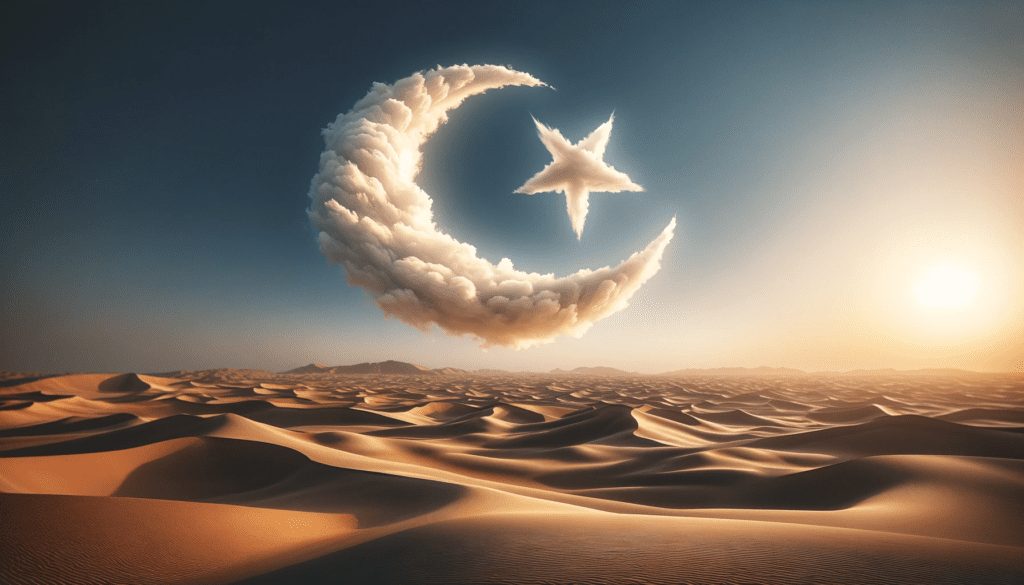Eid al-Adha (Arabic: عيد الأضحى ʿīd al-aḍḥā [ʕiːd ælˈʔɑdˤħæ] meaning “Festival of the sacrifice”), also called the Feast of the Sacrifice, the Major Festival, the Greater Eid, Kurban Bayram (Turkish: Kurban Bayramı; Bosnian: kurban-bajram), Eid e Qurban (Persian: عید قربان) or Bakr’Eid (Urdu: بکرا عید), is the second of two religious holidays celebrated by Muslims around the World each year. Eid al-Adha honors the willingness of Abraham (Ibrahim) to sacrifice his young first-born son Ishmael (Ismail)a as an act of submission to God’s command, before God then intervened to provide Abraham with a lamb to sacrifice instead.
In the lunar-based Islamic calendar, Eid al-Adha falls on the 10th day of Dhu al-Hijjah and lasts for four days. In the international Gregorian calendar, the dates vary from year to year, drifting approximately 11 days earlier each year.
When is Ei al Adha 2025
- According to the Gregorian Calendar, Eid al-Adha 2025 will be on or around Friday, 6th of June 2025
When is Ei al Adha 2026
- According to the Gregorian Calendar, Eid al-Adha 2026 will be on or around , 26th of May 2026
When was Ei al Adha 2024
- According to the Gregorian Calendar, Eid al-Adha 2024 was on or around Sunday, 16th of June 2024
Eid al-Adha is the latter of the two Eid holidays, the former being Eid al-Fitr. The basis for the Eid al-Adha comes from the 196th ayah (verse) of Al-Baqara, the second sura of the Quran. The word “Eid” appears once in Al-Ma’ida, the fifth sura of the Quran, with the meaning “solemn festival”.
Previous Dates for Eid Al Adha
- 2020 Eid al-Adha began on or around Friday, August 1, 2020
- 2019 Eid Al-Adha was on or around Monday, August 12, 2019
- 2018 Eid Al-Adha (Hijri 1440) was on or around Wednesday, August 22, 2018
- 2017 Eid Al-Adha was around Thursday, August 31, 2017
- 2016 Eid Al-Adha was around Sunday, September 11, 2016
- 2015 Eid Al-Adha was on Wednesday, 23 September 2015
- 2014 Eid Al-Adha was on or around Saturday, October 4, 2014
Like Eid al-Fitr, Eid al-Adha begins with a Sunnah prayer of two rakats followed by a sermon (khutbah). Eid al-Adha celebrations start after the descent of the Hujjaj from Mount Arafat, a hill east of Mecca. Eid sacrifice may take place until sunset on the 13th day of Dhu al-Hijjah. The days of Eid have been singled out in the Hadith as “days of remembrance”. The takbir of Tashriq are from the Fajr prayer of the 9th of Dhul Hijjah up to the Asr prayer of the 13th of Dhul Hijjah (5 days and 4 nights). This equals 23 prayers: 5 on the 9th–12th, which equals 20, and 3 on the 13th.
Who must attend
According to some fiqh (traditional Islamic law) (although there is some disagreement)
- Men should go to mosque—or a Eidgah (a field where eid prayer held)—to perform eid prayer; Salat al-Eid is Wajib according to Hanafi and Shia (Ja’fari) scholars, Sunnah al-Mu’kkadah according to Maliki and Shafi’i jurisprudence. Women are also highly encouraged to attend, although it is not compulsory. Menstruating women do not participate in the formal prayer, but should be present to witness the goodness and the gathering of the Muslims.
- Residents, which excludes travellers
- Those in good health
When is Eid al-Adha performed
It is performed anytime after the sun completely rises up to just before the entering of Zuhr time, on the 10th of Dhul Hijjah. In the event of a force majeure (e.g. natural disaster), the prayer may be delayed to the 11th of Dhul Hijjah and then to the 12th of Dhul Hijjah.


